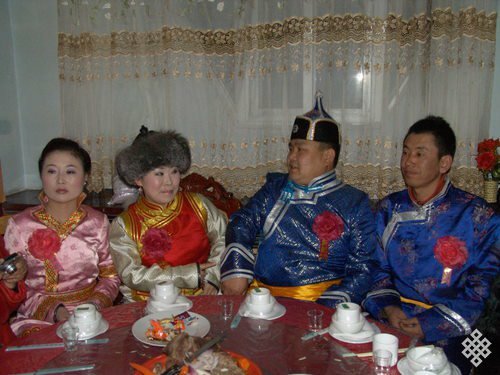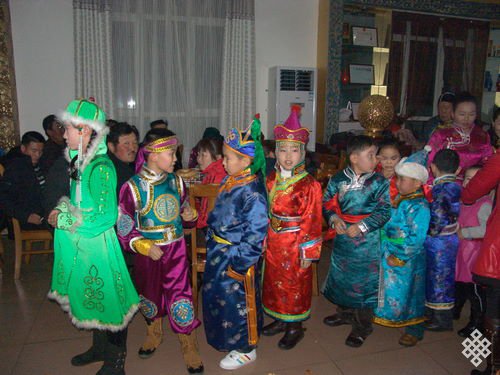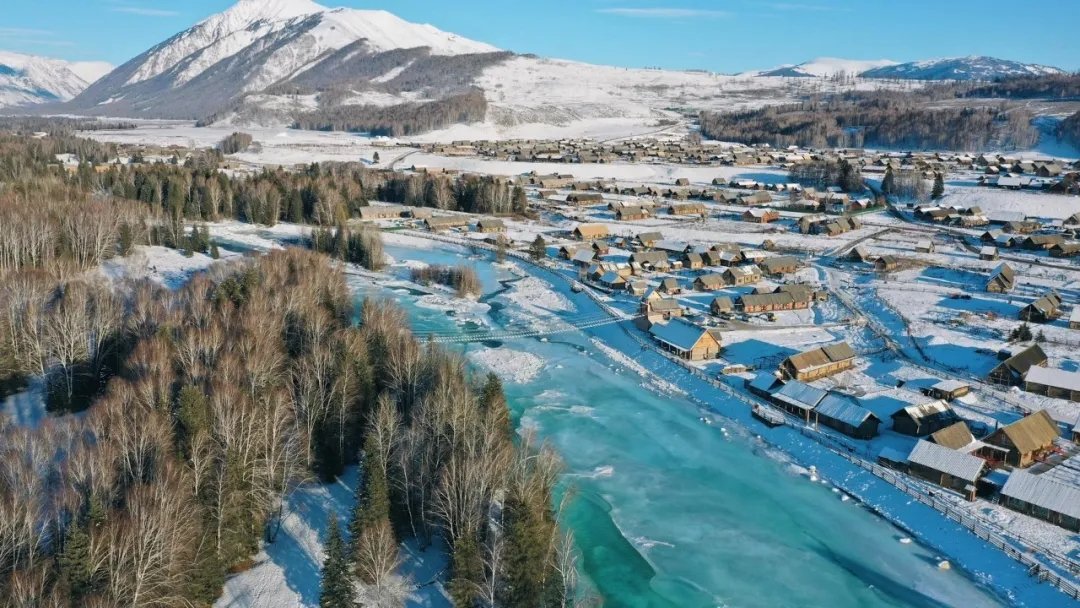Authors Timppa Karjalainen
7 days
30 days
All time
Recent
Popular
Tuvans in Xinjiang
Thread
Tuvans in PRC live in Altay prefecture, northern Xinjiang. Considered part of Uriankhai tribes, in China classified as same group with Oirat Mongols, educated in Mongolian language, using Kazakh language too.

They speak native dialects in their homes/family. Basically a transborder identity group, divided between modern Russian Tuva, Mongolia and China. Main group lives in three Tuvan villages: Hemu (Kom), Ak Haba, Kanas.

Pretty typical for Xinjiang, Tuvans have own cuisine but mix it with other culinary traditions. E.g. Hui, Uyghur, Chinese. They used to be hunters but hunting and carrying guns prohibited now. Traditionally horse herders, less sheep herding.
Also reside in few other smaller villages and cities such as Burqin, Altay, Bethun. Self name varies: Monchak, Gok-Monchak, Altay Tuvasy, Tyva. Around 2500 ppl (maybe diff. now, I take data from research 2010-2017).

Thread
Road to Hemu village, which is a major tourist site in Chinese Altay, northern Xinjiang. Hemu is one of the Tuvan ethnic villages.
— Timppa Karjalainen (@TimppaKarjalai1) January 11, 2021
Damn pandemic. I'd be travelling twice a year to XJ if not the cursed virus. pic.twitter.com/GvNozILRnH
Tuvans in PRC live in Altay prefecture, northern Xinjiang. Considered part of Uriankhai tribes, in China classified as same group with Oirat Mongols, educated in Mongolian language, using Kazakh language too.

They speak native dialects in their homes/family. Basically a transborder identity group, divided between modern Russian Tuva, Mongolia and China. Main group lives in three Tuvan villages: Hemu (Kom), Ak Haba, Kanas.

Pretty typical for Xinjiang, Tuvans have own cuisine but mix it with other culinary traditions. E.g. Hui, Uyghur, Chinese. They used to be hunters but hunting and carrying guns prohibited now. Traditionally horse herders, less sheep herding.
Also reside in few other smaller villages and cities such as Burqin, Altay, Bethun. Self name varies: Monchak, Gok-Monchak, Altay Tuvasy, Tyva. Around 2500 ppl (maybe diff. now, I take data from research 2010-2017).

